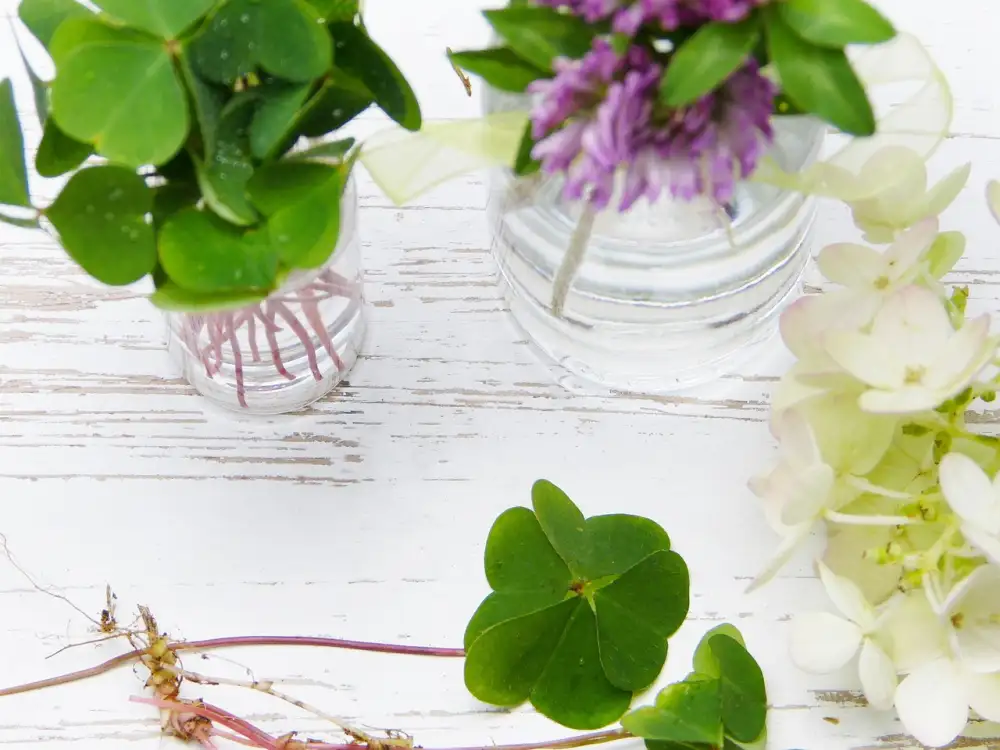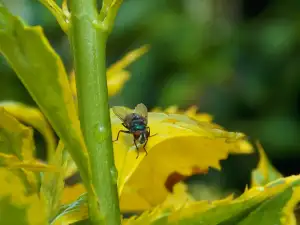Mastering Hydrangea Care: Essential Tips for a Thriving Home Garden

- Choosing the Right Location for Hydrangeas
- Planting Hydrangeas in the Ground
- Watering Hydrangeas Properly
- Fertilizing Hydrangeas for Healthy Growth
- Pruning Hydrangeas to Maintain Shape and Size
- Protecting Hydrangeas from Pests and Diseases
- Winter Care for Hydrangeas
- Troubleshooting Common Hydrangea Problems
Hydrangeas are stunning flowering plants that add beauty and elegance to any home garden. With their large, colorful blooms and lush foliage, they are a favorite among gardeners worldwide. Hydrangeas come in various types, including mophead, lacecap, panicle, and oakleaf, each with its own unique characteristics. These versatile plants can be grown in containers or planted directly in the ground, making them suitable for gardens of all sizes. Whether you're a seasoned gardener or just starting out, mastering hydrangea care is essential to ensure their health and longevity. In this article, we will explore the key tips and techniques for growing thriving hydrangeas at home. So let's dive in and discover how to create a stunning hydrangea garden that will be the envy of your neighborhood!
Choosing the Right Location for Hydrangeas
Choosing the right location for hydrangeas is crucial for their growth and overall health. These beautiful flowering plants thrive in partial shade, so it's important to find a spot that receives morning sun and afternoon shade. Avoid planting them in full sun, as this can cause their leaves to wilt and their flowers to fade quickly. Additionally, make sure the location has well-draining soil to prevent waterlogged roots. By selecting the ideal spot, you'll set your hydrangeas up for success and ensure they flourish in your home garden.
Planting Hydrangeas in the Ground
When planting hydrangeas in the ground, it's important to choose a location that provides the right conditions for their growth. Hydrangeas prefer well-drained soil that is rich in organic matter. They also thrive in areas with partial shade, as too much direct sunlight can cause their leaves to wilt.
To plant hydrangeas, dig a hole that is twice as wide and just as deep as the root ball. Gently loosen the roots before placing the plant in the hole. Backfill the hole with soil, making sure to firmly press it down around the base of the plant. Water thoroughly after planting to help settle the soil and remove any air pockets.
Spacing between hydrangea plants is also crucial for proper growth. Depending on the variety, leave at least 3 to 6 feet between each plant to allow for adequate air circulation and prevent overcrowding.
Remember to water newly planted hydrangeas regularly until they become established. This will help them develop a strong root system and ensure their survival in the garden. With proper planting techniques, your hydrangeas will have a solid foundation for healthy growth and abundant blooms.
Watering Hydrangeas Properly
Watering hydrangeas properly is essential for their overall health and growth. These plants require consistent moisture, but they also don't like to be waterlogged. The key is to keep the soil evenly moist, but not soggy. During hot summer months, hydrangeas may need watering every 2-3 days. It's important to water deeply at the base of the plant to encourage deep root growth. Avoid overhead watering as it can lead to fungal diseases. Mulching around the base of the plant helps retain moisture and prevents weeds. Regularly check the soil moisture level and adjust watering accordingly to ensure your hydrangeas thrive.
Fertilizing Hydrangeas for Healthy Growth
To ensure healthy growth and vibrant blooms, it is important to fertilize your hydrangeas properly. Start by applying a balanced slow-release fertilizer in early spring, just as new growth begins. This will provide a steady supply of nutrients throughout the growing season.
Avoid using high-nitrogen fertilizers, as they can promote excessive foliage growth at the expense of flowers. Instead, opt for a fertilizer with a higher phosphorus content to encourage blooming.
Apply the fertilizer evenly around the base of the plant, following package instructions for dosage. Be careful not to over-fertilize, as this can lead to burned roots and stunted growth.
For best results, repeat the fertilization process every 4-6 weeks during the active growing season. Remember to water thoroughly after each application to help nutrients penetrate the soil.
By providing your hydrangeas with proper nutrition, you'll ensure strong stems, lush foliage, and abundant blooms that will enhance the beauty of your garden.
Pruning Hydrangeas to Maintain Shape and Size
Pruning hydrangeas is essential to maintain their shape and size. The best time to prune depends on the type of hydrangea you have. For mophead and lacecap hydrangeas, prune them right after they finish blooming in the summer. Remove any dead or damaged branches and cut back about one-third of the old wood to encourage new growth. For panicle and smooth hydrangeas, prune them in late winter or early spring before new growth begins. Cut back all stems to about 12-18 inches from the ground to promote vigorous flowering. Regular pruning will help your hydrangeas stay healthy and produce abundant blooms year after year.
Protecting Hydrangeas from Pests and Diseases
Hydrangeas are susceptible to various pests and diseases that can hinder their growth and beauty. To protect your hydrangeas, it is important to be aware of common issues and take preventive measures. One common pest is the aphid, which can be controlled by spraying a mixture of water and dish soap on the affected plants. Another pest to watch out for is the hydrangea scale, which can be treated with horticultural oil or insecticidal soap. Diseases like powdery mildew can be prevented by ensuring good air circulation around the plants and avoiding overhead watering. Regularly inspecting your hydrangeas for any signs of pests or diseases will help you catch problems early and take appropriate action. By protecting your hydrangeas from these threats, you can ensure they thrive and remain beautiful in your garden.
Winter Care for Hydrangeas
During the winter months, it is important to provide proper care for your hydrangeas to ensure their survival and health. Here are some essential tips for winter care:
1. Mulching: Before the first frost, apply a layer of mulch around the base of your hydrangeas. This will help insulate the roots and protect them from extreme cold temperatures.
2. Pruning: Avoid pruning your hydrangeas in late fall or winter, as this can stimulate new growth that may be susceptible to frost damage. Instead, wait until early spring to prune any dead or damaged branches.
3. Watering: While hydrangeas are dormant during winter, they still require some water to stay hydrated. Check the soil moisture regularly and water sparingly if necessary, making sure not to overwater.
4. Protecting from Frost: If you live in an area with severe winters and frequent frosts, consider covering your hydrangeas with burlap or a frost cloth. This will provide additional protection against freezing temperatures and harsh winds.
By following these winter care tips, you can help your hydrangeas survive the cold season and ensure they continue to thrive come springtime.
Troubleshooting Common Hydrangea Problems
Hydrangeas are generally low-maintenance plants, but they can still face a few common problems. One issue is the lack of blooms. This could be due to improper pruning or harsh winter conditions. To encourage blooming, avoid heavy pruning and provide winter protection. Another problem is leaf spots caused by fungal diseases. Ensure good air circulation and avoid overhead watering to prevent these diseases. Additionally, if your hydrangea leaves turn yellow, it may indicate nutrient deficiency. Apply a balanced fertilizer to address this issue. By troubleshooting these problems, you can enjoy healthy and vibrant hydrangeas in your garden.
In conclusion, by following these essential tips for hydrangea care, you can ensure that your home garden is filled with beautiful and healthy hydrangeas. Remember to choose the right location, provide proper watering and fertilization, prune regularly, protect from pests and diseases, and provide winter care. With a little effort and attention, you can enjoy the vibrant colors and stunning blooms of hydrangeas year after year. Happy gardening!
Published: 09. 12. 2023
Category: Home



